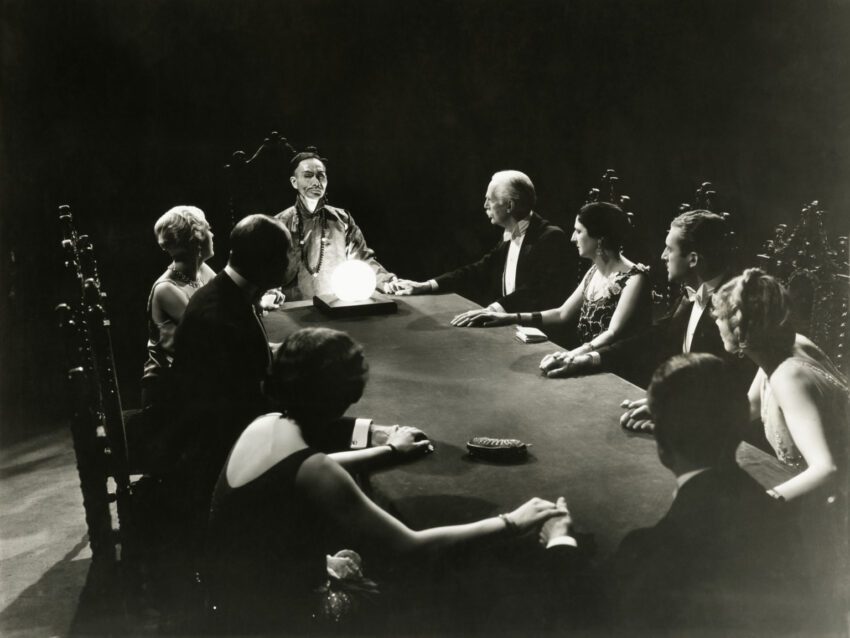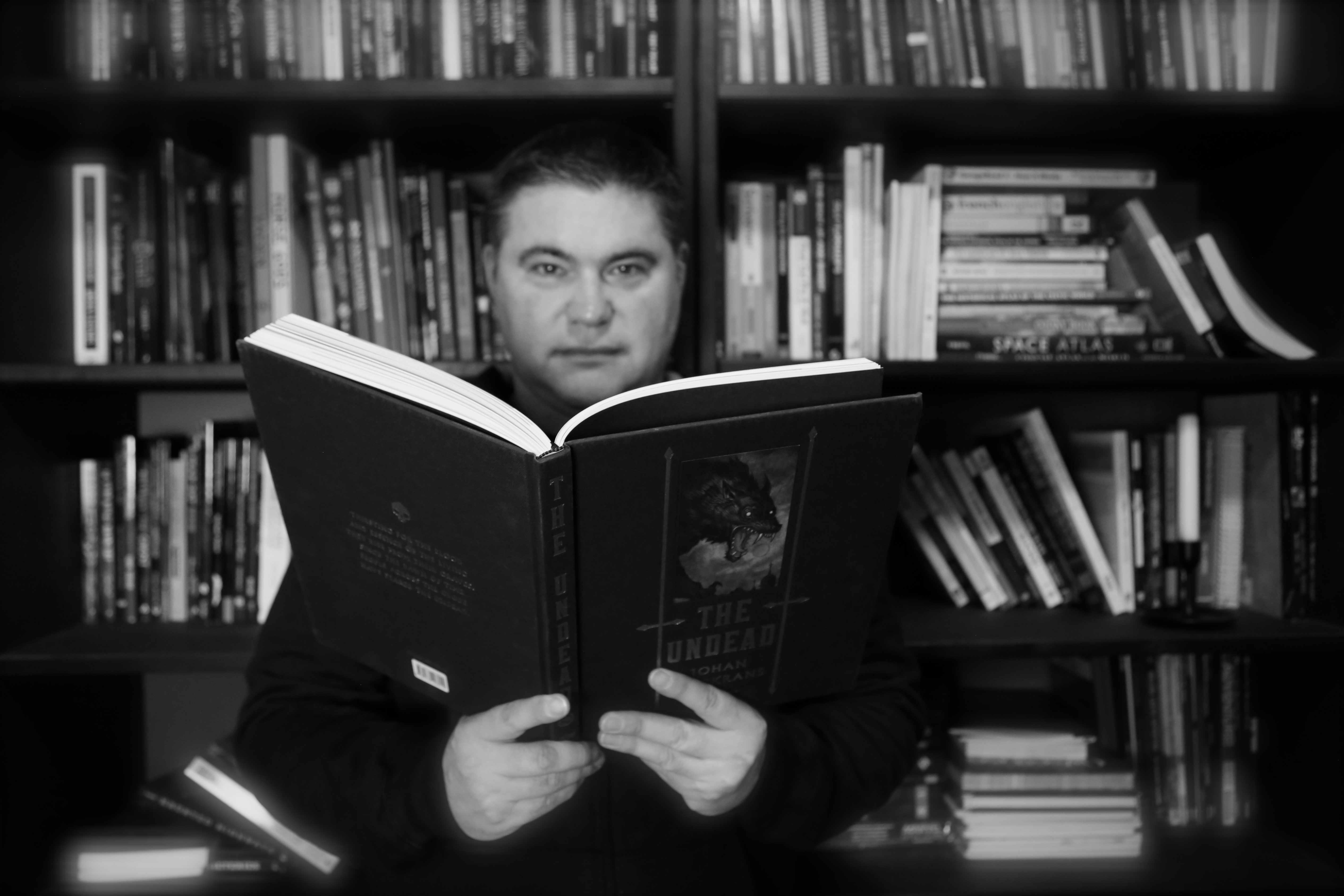
The Influence of Spiritualism on Ghost Hunting
Beginning with the Spiritualist movement in the 19th century, the belief in communication with the spirits of the dead has significantly shaped the way Americans approach paranormal investigations. From the rise of séances and spirit photography to the modern use of scientific equipment, the legacy of spiritualism continues to permeate the field of ghost hunting, influencing methodologies, cultural perceptions, and the very nature of the quest to connect with the supernatural.
Table of contents
Introduction
Spiritualism emerged in the mid-19th century as a religious and cultural movement that claimed the ability to communicate with the spirits of the deceased. This movement played a pivotal role in shaping the foundations of ghost hunting in the United States. The belief that the living could connect with the afterlife sparked widespread interest in the paranormal, influencing subsequent generations of ghost hunters and investigators.
The Spiritualist Movement’s Impact
The mid-19th century was marked by a surge in interest in the occult and paranormal phenomena. The Fox sisters, Margaret and Kate, played a central role in the development of spiritualism. In 1848, they claimed to communicate with a spirit through mysterious rapping sounds, leading to the birth of the Spiritualist movement. Séances became a common practice during this era, as individuals gathered to attempt communication with spirits through mediums.
Spiritualist practices had a profound impact on the American psyche, introducing the idea that the dead could communicate with the living. This belief system laid the groundwork for future approaches to paranormal investigations, emphasizing the possibility of establishing contact with the other side.
Séances and Spirit Photography
Séances, characterized by a group of individuals sitting in a circle attempting to communicate with spirits, became a popular practice during the late 19th and early 20th centuries. Mediums claimed to facilitate communication with the deceased, often relaying messages or producing physical manifestations of ghostly activity. Séances brought a performative aspect to spiritualism, with participants seeking evidence of an afterlife.
Spirit photography, another offshoot of spiritualist practices, emerged as a means of capturing images of spirits on photographic plates. Pioneers like William H. Mumler claimed to photograph ghostly figures alongside living subjects. While these practices were later debunked as hoaxes, they contributed to the cultural fascination with capturing tangible evidence of the supernatural.
The American Society for Psychical Research (ASPR)
Founded in 1885, the American Society for Psychical Research (ASPR) marked a shift toward a more scientific approach to the study of paranormal phenomena. While not exclusively focused on ghost hunting, the ASPR aimed to investigate and understand various psychic and supernatural experiences. This organization laid the groundwork for a more systematic and methodical exploration of the unknown.
The ASPR’s emphasis on scientific inquiry influenced the development of ghost hunting methodologies. Researchers within the society sought to apply rigorous scientific principles to the investigation of paranormal claims, setting the stage for future generations of ghost hunters who would blend spiritualist traditions with scientific methods.
20th Century Pop Culture and the Paranormal
The mid-20th century witnessed a surge of interest in the paranormal, fueled by popular culture and media. Movies such as “The Exorcist” and “The Amityville Horror” captivated audiences with tales of supernatural occurrences. These cultural phenomena contributed to the normalization of ghost stories and haunted house narratives, further embedding the paranormal into American consciousness.
As ghost stories gained popularity in mainstream culture, the idea of paranormal investigation began to transition from religious and spiritual contexts to a more secular and curiosity-driven endeavor. This shift set the stage for the modern ghost hunting movement (opens a PhD dissertation at the University of Virginia), which would continue to evolve throughout the latter half of the 20th century and into the 21st century.
Modern Ghost Hunting
The late 20th century and the early 21st century saw the emergence of organized paranormal investigation groups. Inspired by spiritualist traditions, these groups often incorporated scientific equipment such as electromagnetic field (EMF) meters, infrared cameras, and voice recorders into their investigations. The goal was to capture empirical evidence of ghostly activity and validate claims of hauntings.
Television shows like “Ghost Hunters,” which debuted in 2004, brought the world of paranormal investigation into the homes of millions. The use of technology, combined with a scientific approach, became a hallmark of these shows. Investigators, often with a background in technology or science, sought to demystify the supernatural and apply rational explanations to reported phenomena.
Technology and the Paranormal
Advancements in technology have played a significant role in shaping the modern practice of ghost hunting. While spiritualists once relied on séances and spirit photography, contemporary investigators use a range of sophisticated tools to detect and document paranormal activity.
Electromagnetic field (EMF) meters, for example, measure changes in electromagnetic fields that are believed by some to be associated with the presence of spirits. Infrared cameras capture images in low-light conditions, potentially revealing anomalous heat signatures. Digital audio recorders and devices like the Spirit Box are used to capture electronic voice phenomena (EVP), believed to be the voices of spirits.
The integration of technology into ghost hunting reflects a continuation of the spiritualist desire to provide tangible evidence of the afterlife. However, it also marks a departure from the purely mystical and religious aspects of spiritualism, as investigators aim to apply a more objective and scientific lens to their work.
Skepticism and Debunking
While spiritualism laid the groundwork for paranormal investigation, the modern ghost hunting movement also emphasizes skepticism and debunking. Investigators are trained to consider natural explanations for reported phenomena before attributing them to the supernatural. This approach aligns with the scientific principles embraced by organizations like the ASPR.
Skepticism has become a crucial aspect of ghost hunting ethics. The goal is not only to capture evidence of the paranormal but also to rule out mundane explanations for reported hauntings. This critical mindset is a departure from the unquestioning belief often associated with spiritualist practices.
Cultural Impact
Spiritualism’s influence on ghost hunting extends beyond methodologies to cultural perceptions of the paranormal. The legacy of spiritualism has contributed to a widespread fascination with ghosts and the afterlife, shaping the way Americans perceive and engage with the supernatural.
Ghost stories, once rooted in spiritualist traditions, have become a pervasive element of American folklore. Haunted locations are often tourist attractions, and ghost tours capitalize on the public’s interest in the unknown. The influence of spiritualism is evident in the enduring popularity of séances, spirit communication, and the quest for proof of life beyond death.
Conclusion
The influence of spiritualism on ghost hunting in the United States is profound and multifaceted. From the séances of the 19th century to the modern use of scientific equipment, spiritualist traditions have shaped the very fabric of paranormal investigations. The blend of mysticism and science reflects the evolving nature of the quest to understand the supernatural.
As ghost hunting continues to captivate the public imagination, it is essential to recognize the historical roots of these practices. Spiritualism’s enduring legacy serves as a reminder of the complex relationship between belief, science, and the human fascination with the mysterious realms beyond the veil. Whether one approaches the paranormal with religious reverence or scientific scrutiny, the influence of spiritualism on ghost hunting remains a compelling thread in the tapestry of American cultural history.
